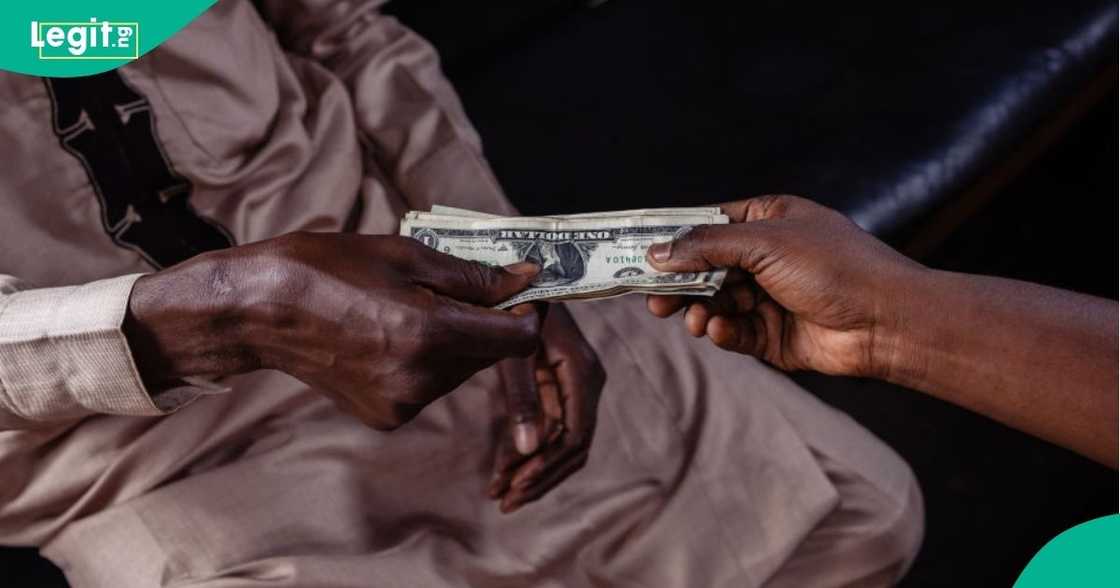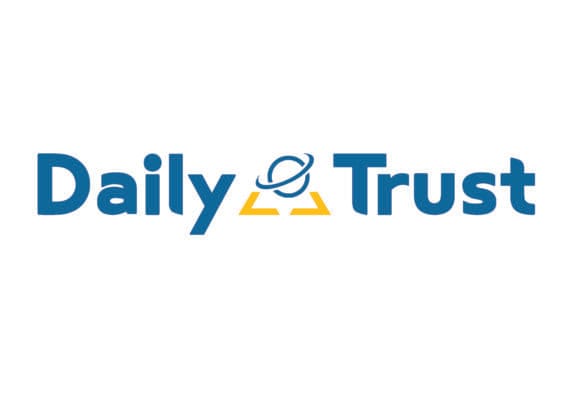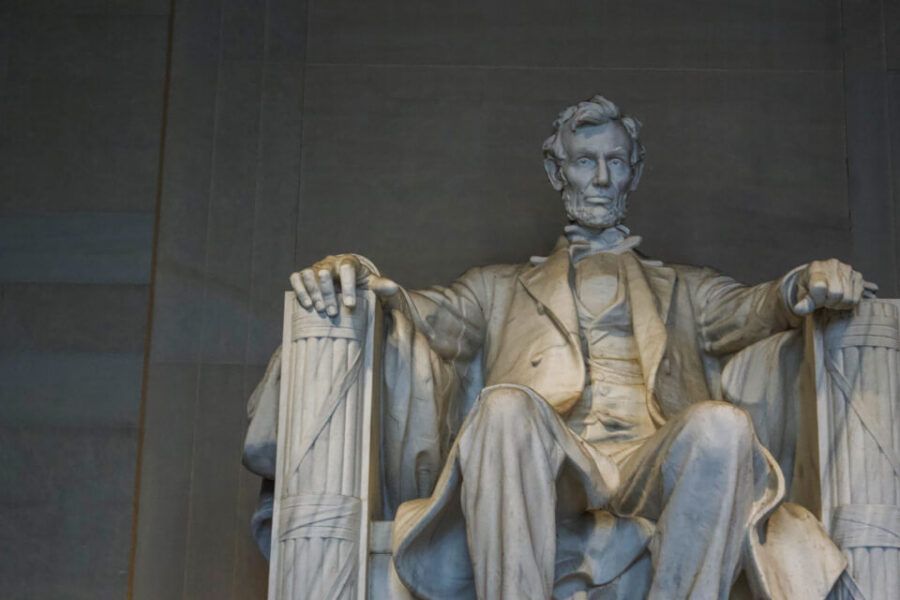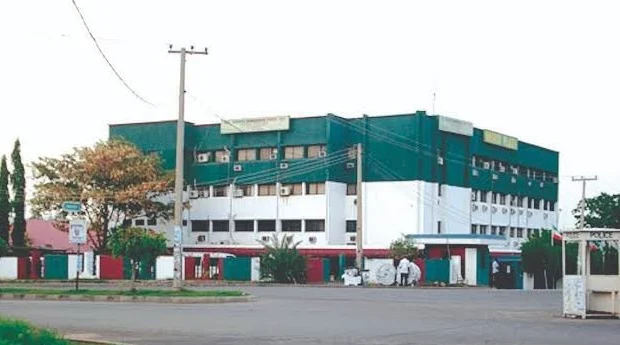Naira Shows Signs of Recovery While Ranking Among Africa’s Weakest Currencies
The Nigerian currency has demonstrated notable improvement against major foreign currencies, marking gains in both official and parallel markets despite maintaining its position as one of Africa’s weaker currencies.
In recent trading, the naira strengthened by 1.48% in the parallel market, reaching N1,488 per dollar compared to the previous N1,510. The official market similarly witnessed a 1.02% appreciation over the week, settling at N1,465.68 per dollar as of Friday, October 3.
However, Friday’s trading session saw minor setbacks, with the naira declining 0.72% (N10.44) against the dollar in the official market compared to Thursday’s rate of N1,455.24/$1. The currency also weakened against other major currencies, dropping to N1,956.42 against the British pound and N1,720.85 against the euro.
Banking sector developments showed some positive movement, with GTBank offering an improved rate of N1,460/$1, down from N1,475/$1 in the previous session. Market analysts project potential stabilization between N1,480 and N1,500 if the Central Bank of Nigeria maintains its interventions and foreign exchange inflows continue to improve.
The forex market received a significant boost as inflows reached $981 million at the official window, representing a substantial increase from the previous week’s $605 million. Coronation Merchant Bank reported that foreign portfolio investments led these inflows with $318.10 million.
Despite these improvements, a recent Forbes currency ranking placed the naira as the ninth weakest currency in Africa. The ranking, based on Open Exchange Rates API data, shows the Nigerian currency (at ₦1,490 per dollar) performing better than the São Tomé & Príncipe Dobra (22,282/$1) and Sierra Leonean Leone (20,970/$1) but significantly weaker than Africa’s strongest currencies, including the Tunisian dinar (2.90/$1) and Libyan dinar (5.40/$1).
The Olayemi Cardoso-led Central Bank of Nigeria continues its efforts to stabilize the currency through various market interventions, with early signs suggesting these measures may be having a positive impact on the naira’s performance in foreign exchange markets.







Leave a Comment